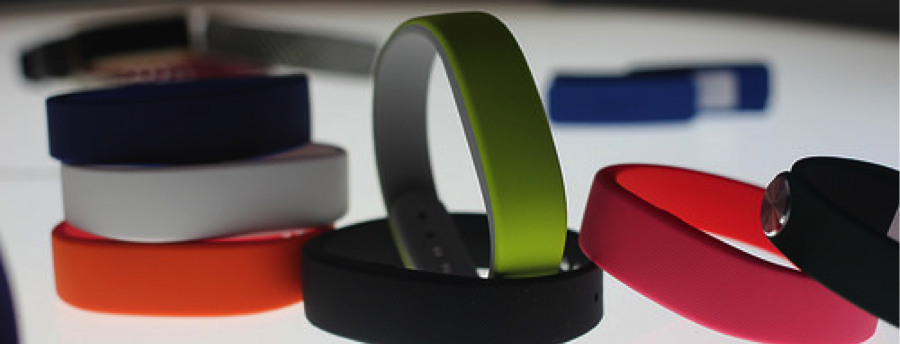From the Apple Watch to Samsung Gear’s S. From the Fitbit Flex to the Jawbone UP. Wearables are the hot topic in the tech world – there’s even the Whistle, a smart activity-tracking dog collar.
Lucky for the healthy food marketer or those looking to push into the trending health(ier) food and beverage businesses, many of the latest wearables were developed with health in mind and with the ability to track heart rate, sleep patterns and activity levels.
Accordingly, athletic brands like Under Armour also have claimed their stake in market with their own first-party apps or through the acquisition of established apps (Under Armour went on a shopping spree purchasing multiple existing fitness apps).
Through their vast capabilities, these devices can empower the consumer to take control of leading a more active and healthy lifestyle.
Here are a few ways for healthy food brands to get involved.
1. Gamification
Currently, fitness tracking apps such as MapMyFitness have challenge features that consumers can interact with to push their fitness to the next level. When they reach a specific goal, they may qualify for points, be granted premium app features free of charge or win prizing from sponsoring brands.
With the proliferation of wearables and the enhanced tracking abilities, this has the potential to become a huge opportunity for brands, especially those marketing healthy benefits to consumers.
A key opportunity is the ability for brands to target specific types of athletes and healthy lifestyle consumers, or their goals and accomplishments by the activities tracked. For instance, GU Gels might offer awards to the long-distance runner while Special K could target the casual walker.
2. Supplementing
While still a work in progress, the next phase of wearable devices and health tracking is diagnostics beyond steps walked, calories burned and heart rates.
According to an article by Smithsonian contributor and digital strategist Randy Rieland, many developers are working on hardware and apps that can track the body’s hydration and electrolyte levels through a variety of technologies which then alert the consumer to drink some water.
As this technology evolves we may be able to glean even more information than hydration with the ability to serve consumers advertising specific to their needs, whether it be to drink a bottle of water, a sports drink or take a vitamin.
3. Geo-targeting
Last but not least, with wearables constantly connected via wifi, GPS and 3 or 4G connections, marketers can take advantage of geo-targeting opportunities. So when your device senses you are in need of water, marketers could serve ads leading you to retailers or brands, vending machines or kiosks where their products are sold. And as these technologies evolve, these alerts could become more and more specific.
Who would have ever imagined that consumers might actually be wearing a device that would give brands such incredible data, and that they could also use to market directly to them?

